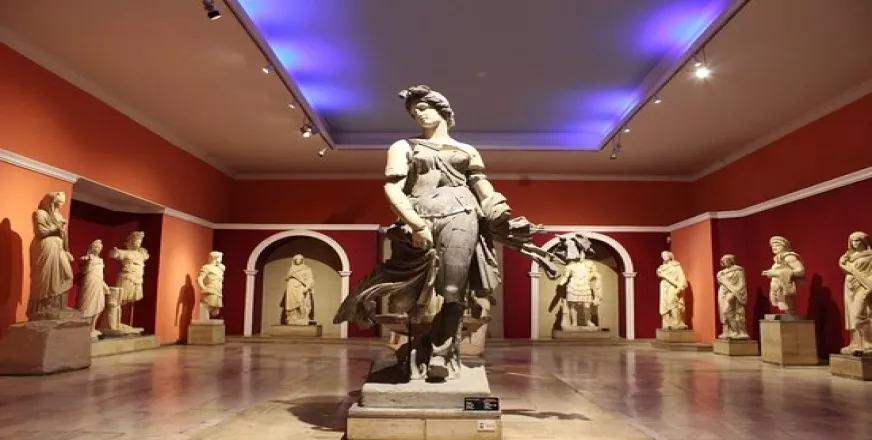The Antalya Museum is one of Turkey’s largest and most important museums. Located near the old city of Kaleiçi, it houses over 5,000 artifacts across 13 exhibition halls. Each hall is dedicated to different periods of history, including the Roman, Byzantine, and Seljuk eras. The Hall of Gods is especially impressive, with its magnificent statues of ancient deities, including Zeus, Artemis, and Apollo, offering an insight into the religious practices of the time. The museum’s Ethnographic Hall showcases Ottoman and Turkish cultural artifacts, ranging from handwoven textiles to traditional weaponry, adding depth to the historical narrative.
After visiting the museum, head to Kaleiçi, Antalya’s historical old town. This well-preserved area is a maze of narrow, cobblestone streets lined with traditional houses, boutique hotels, and charming cafes. The ancient city walls, Hadrian’s Gate, and the iconic Hidirlik Tower are among the must-see landmarks. These relics speak of a time when Antalya was a major hub for trade and defense during the Roman and Byzantine periods.
Another essential stop is the Aspendos Theater, located about 45 minutes from the city center. Built in the 2nd century AD, this Roman theater is one of the best-preserved ancient theaters in the world, and it’s still used for performances today.
Antalya’s blend of museum exhibitions and historical sites creates a rich cultural experience, transporting visitors through time. Whether you are a history enthusiast or simply curious, the city offers endless opportunities to explore its ancient past.
This content was created using artificial intelligence.




 A New Era in Turkey’s Real Estate Sector: Electronic Listing
A New Era in Turkey’s Real Estate Sector: Electronic Listing
 The Best All-Inclusive Hotels in Antalya and Alanya
The Best All-Inclusive Hotels in Antalya and Alanya
 Real Estate, Commissions, and Authorization Process Guide
Real Estate, Commissions, and Authorization Process Guide
 Vehicle Purchasing Process for Foreigners in Turkey
Vehicle Purchasing Process for Foreigners in Turkey